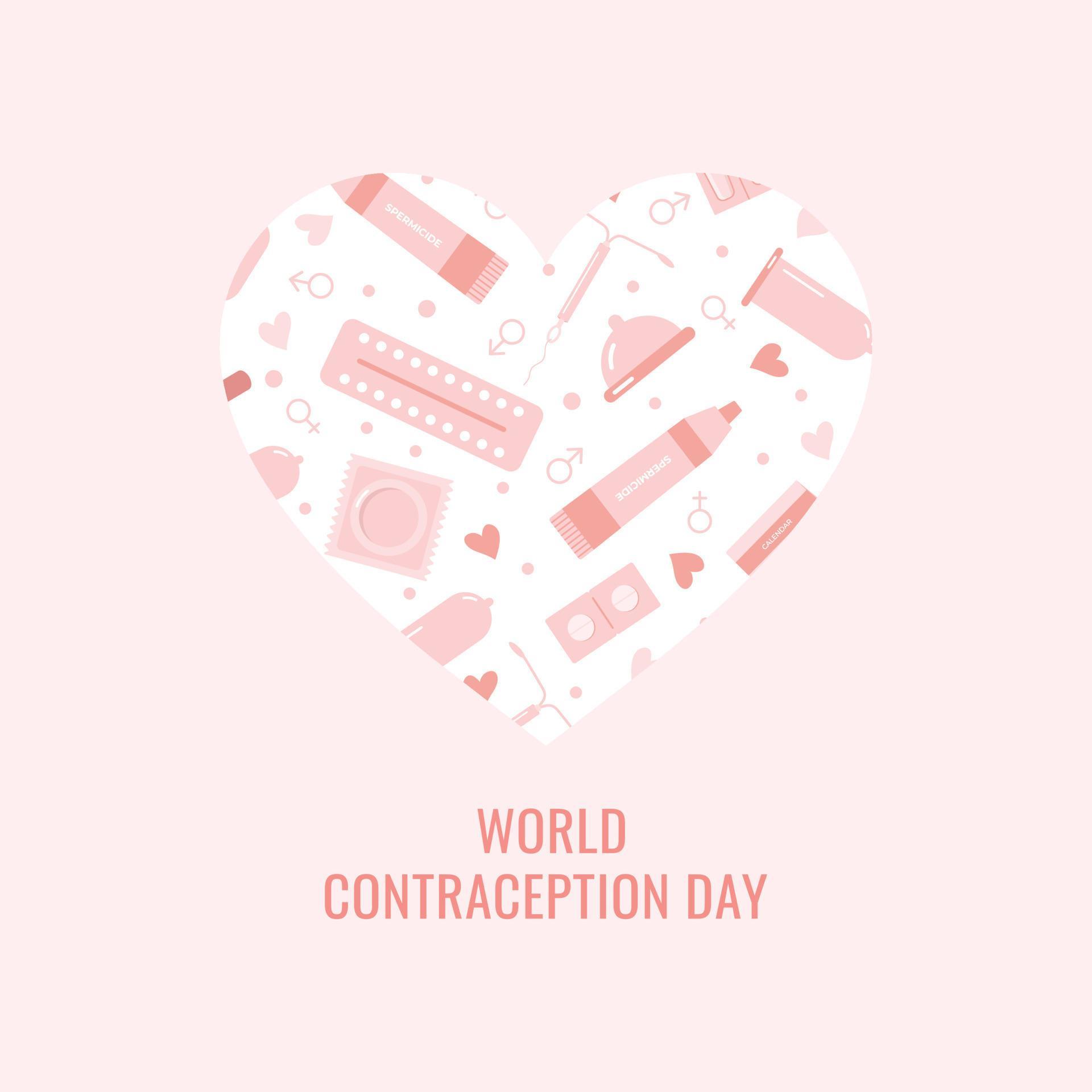
Long-acting reversible contraceptives: There are two types of intrauterine devices (or IUDs). It’s a mandatory component with diaphragms and cervical caps - and often is used in tandem with condoms and/or natural family planning (the rhythm method), in which a woman monitors her ovulation and avoids intercourse during that period. Spermicide, a chemical method that blocks sperm from entering the cervix and slows sperm’s ability to swim, is inserted in the vagina before intercourse and is available as a cream, gel, foam or suppository.

Overall, male condoms are the most effective barrier method to prevent pregnancy and sexually transmitted infections (STIs). Shih breaks down the options and explains the effectiveness of each.īarrier methods: These prevent sperm from reaching an egg and include condoms for men and women, diaphragms, contraceptive sponges and cervical caps. The Affordable Care Act ensures that all plans in the health insurance marketplace must cover one type of birth control per person from each of the FDA-approved categories (barrier methods, long-acting reversible contraceptives, contraceptive injection, short-acting hormonal methods and permanent sterilization) at no out-of-pocket cost, although some plans have exemptions. About 62 percent of women ages 15 to 44 in the United States (38 million) use contraception, federal data shows. Nearly all women use contraception at some point in their lives, according to the National Center for Health Statistics. It’s an important conversation to have with your health care provider. “It depends on you, your life and what you are looking for in contraception,” Shih says. Your health history plays an important role as well, especially if you’re a smoker or you have chronic health conditions (such as high blood pressure or migraine headaches) that make it less safe to use a birth control containing synthetic estrogen. Women’s health experts suggest asking a different question: Which contraception is best for you? Birth control should fit your lifestyle, your parenthood future and your values, says Elizabeth Shih, M.D., a Michigan Medicine family medicine physician. MORE FROM MICHIGAN: Sign up for our weekly newsletter How do you know which birth control is best? (2011)."Contraceptive failure in the United States." Contraception 83(5):397-404.The variety of contraception options can be overwhelming. *For more information on the chance of getting pregnant while using a method or on the risks of a specific product, please check the product label or Trussell, J. Swallow the pills within 5 days after having unprotected sex. Swallow the pills as soon as possible within 3 days after having unprotected sex.Ħ or 7 out of every 10 women who would have gotten pregnant will not become pregnant after taking this EC. Emergency contraception prevents about 55 - 85% of predicted pregnancies.ħ out of every 8 women who would have gotten pregnant will not become pregnant after taking this EC. It should not be used as a regular form of birth control. Vaginal discharge, discomfort in the vagina, and mild irritation.ĭiscomfort or pain during insertion or sex.Įmergency Contraceptives (EC): May be used if you did not use birth control or if your regular birth control fails (such as a condom breaks). Keep the ring in your vagina for 3 weeks and then take it out for one week. Spotting or bleeding between menstrual periods

Birth control options Patch#
Put on a new patch each week for 3 weeks (21 total days).ĭon’t put on a patch during the fourth week. Must swallow a pill at the same time every day. Oral Contraceptives “The Mini Pill” (Progestin Only) Oral Contraceptives “The Pill” (Extended/ Continuous Use Combined Pill) Irregular bleeding/ Bleeding between periods Lasts up to 3-5 years, depending on the type. Infection or other complications after surgery This chart does not list all of the risks and side effects for each product. Number of pregnancies expected (per 100 Women)* The only sure way to avoid pregnancy is not to have sex. Typical use shows how effective the different methods are during actual use (including sometimes using a method in a way that is not correct or not consistent). The pregnancy rates tell you the number of pregnancies expected per 100 women during the first year of typical use. Check the pregnancy rates on this chart to get an idea of how effective a method is at preventing pregnancy.
Some methods are more effective than others at preventing pregnancy. If you do not want to get pregnant, there are many birth control options to choose from. Talk to your healthcare provider about the best birth control choice for you. This chart is not meant to be a complete list of all available birth control options.

It is meant for educational purposes for the general public. This birth control chart provides high-level information about different birth control options.


 0 kommentar(er)
0 kommentar(er)
